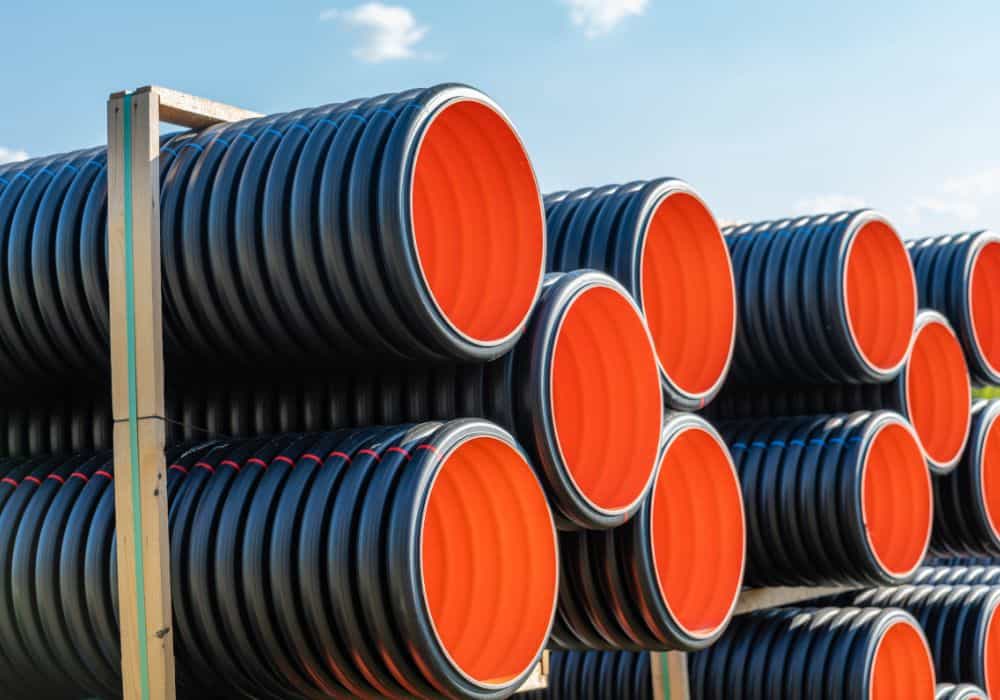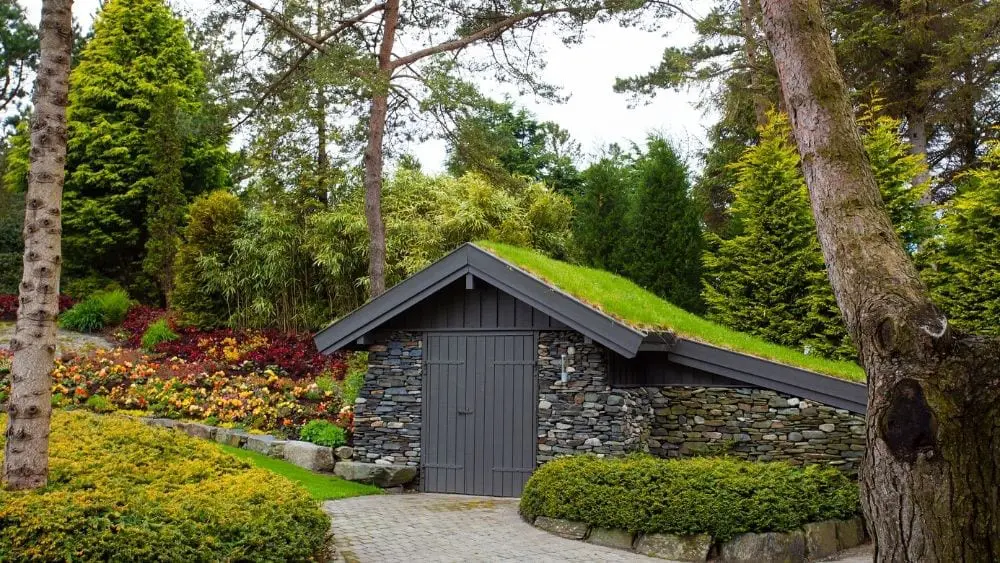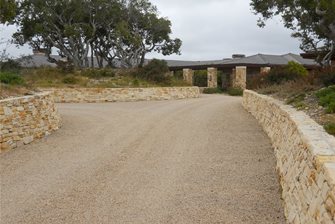Unveiling the Strength: The World of Corrugated Pipes When it comes to modern infrastructure, the unsung hero often hidden beneath...
Stormwater management
Blurring Boundaries: Living Roofs and Modern Landscaping Embark on a journey where architecture and nature intertwine seamlessly with the concept...
Revolutionizing Landscaping: Embracing Permeable Surfaces for Sustainability Landscaping is no longer just about aesthetics; it's a canvas for sustainable innovation....
Sustainable Roofing Evolution: Transforming Buildings with Green Innovations Sustainability is at the forefront of architectural advancements, and green roofing innovations...








